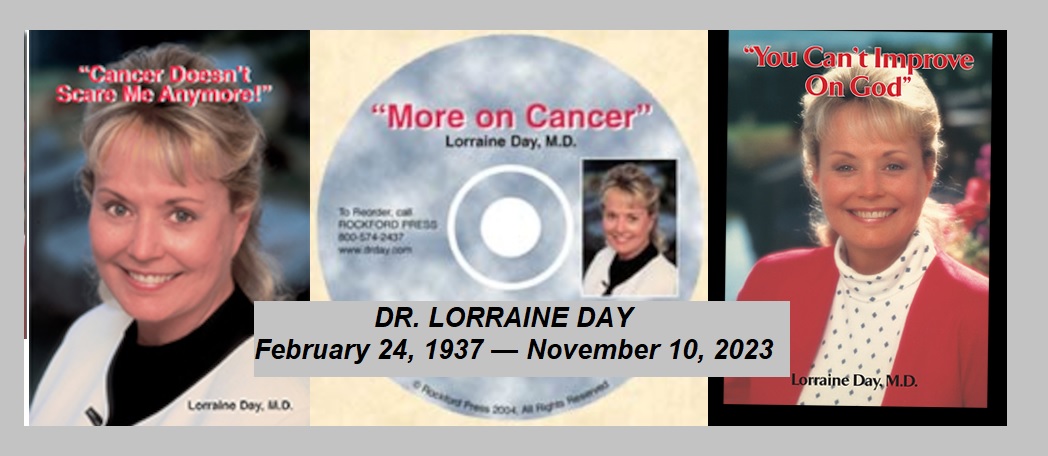Secret files protect dangerous doctors
HARTFORD, Conn. (AP) _ A little-known government database
tracking malpractice suits and disciplinary action against
physicians remains unavailable to the general public, and at
least one congressman says dangerous doctors have hidden
behind that shield of secrecy long enough.
But standing in his way is the American Medical Association and
a powerful medical lobby, The Hartford Courant reported in
weekend editions.
The newspaper, using a public version of the database which
does not have names or other identifying information,
nevertheless deduced the names of several doctors who have
repeatedly faced malpractice charges but continue to practice.
One such surgeon was nicknamed “Eric the Red” because of
the way his patients bled.
The Courant said it identified the doctors by comparing the
anonymous data in the database with court records, regulatory
files and other public records.
U.S. Rep. Thomas J. Bliley Jr., R-Va., chairman of the House
Commerce Committee, unsuccessfully championed legislation
this year that would have opened the National Practitioner Data
Bank to the public.
“Now is the time to open the data bank,” Bliley told The Courant.
“It is unconscionable that consumers have more comparative
information about the used car they purchase or the snack foods
they eat than the doctors in whose care they entrust their health
and well-being.”
Federal law prohibits anyone other than hospitals, health
maintenance organizations and licensing boards from using the
complete database.
In its Sunday editions, The Courant reported the Fairfax,
Va.-based data bank lists malpractice payments of $25 billion
against more than 100,000 doctors, or one of every six
physicians in the country.
At the top of list, the newspaper said, is Dr. Eric Scheffey, a
Houston orthopedic surgeon. The data bank shows Scheffey
involved in 29 malpractice payments totaling $8 million.
After the 1985 death of a back surgery patient, Scheffey’s medical
license was put on probation, but he was allowed to keep
practicing. The 1994 death of another patient resulted in five
more years’ probation from the Texas State Board of Medical
Examiners. He can still practice but cannot perform operations
without another surgeon present.
Residents in a hospital where Scheffey worked gave him the
“Eric the Red” nickname, court records show.
Scheffey could not be reached for comment Sunday. Phone
messages from The Associated Press were left with his
answering service, where an operator said he was unavailable
until Monday. Calls to a private listing went unanswered. He also
did not respond to several attempts by the newspaper to contact
him.
The AMA has fought to keep the data bank closed to the public,
arguing that malpractice payments are an unfair measure of a
doctor’s abilities.
“Even some of our nation’s finest physicians who specialize
high-risk cases are involved in settlements,” said AMA President
Thomas Reardon.
He said the data bank was intended to allow only regulators and
hospitals to flag problem doctors who move from state to state,
and the general public could misinterpret or overreact to the raw
information.
But the patients who must live with their doctor’s mistakes say
access to the bank is a matter of public safety.
Christine Hachey, a Scottsdale, Ariz., travel agent, said she was
not aware of any complaints against the eye doctor accused of
botching her surgery. Dr. Gary Hall, of Phoenix, had accumulated
more than two dozen malpractice payments totaling $5.3 million
before his state medical board prohibited him from performing a
certain type of surgery.
It came too late for Hachey, who now needs a large magnifying
glass to read. “This really makes me angry,” she told The
Courant upon learning of the data bank. “I never knew any of
this. I can’t believe the system is so secretive. How are you
supposed to know whether your doctor is any good?”
In a letter to The Courant, Hall said his insurance company had
settled cases “without my consent” and noted he had performed
25,000 radial keratotomy operations.
“Therefore, though the number of entries in the National
Practitioner Data Bank appears high, it still represents a very
small percentage of the total number of cases I performed,” he
wrote.
Copyright 1999 Associated Press. All rights reserved. This
material may not be published, broadcast, rewritten, or
redistributed.



